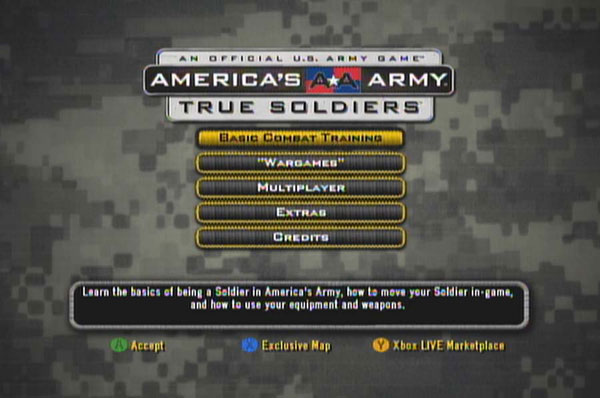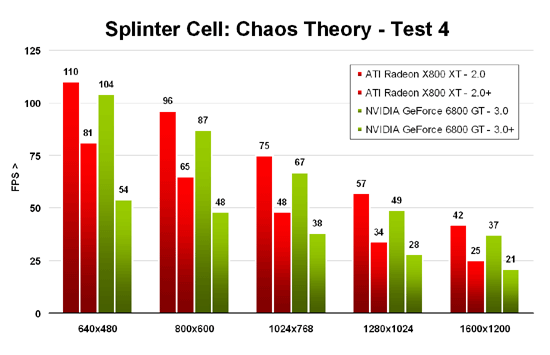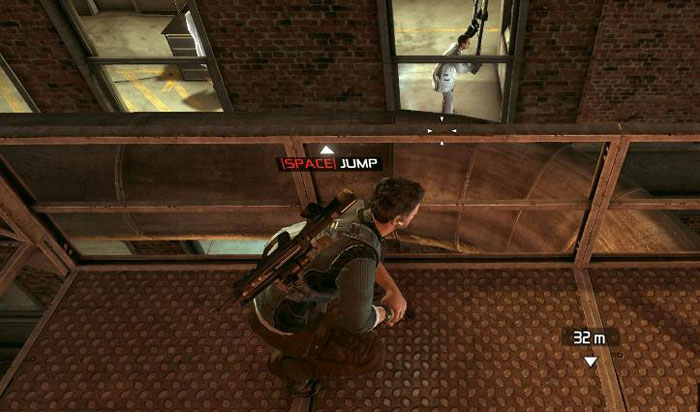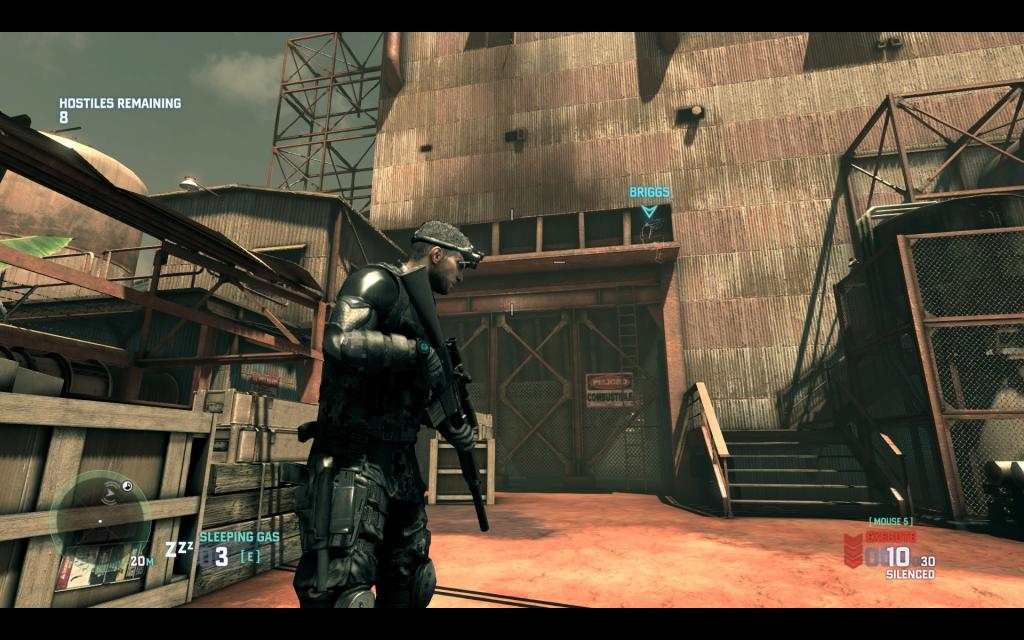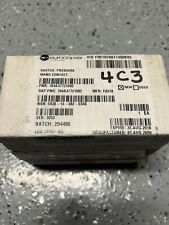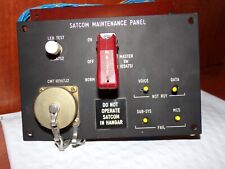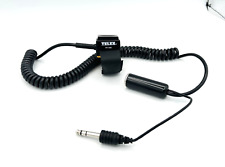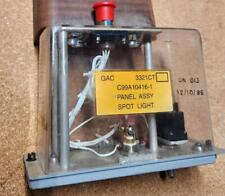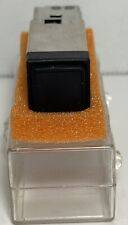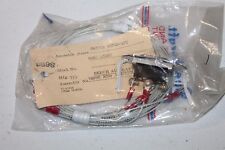Version 1.03
by Guest Reviewer Barry “Bahger” Isaacson
 |
Introduction
Imagine someone paying full sticker for a brand-new Mercedes, only to discover after the transporter drops it off and leaves, that it has no brakes. Most of us would drive it carefully back to the dealership and insist on either a cash refund or a fully-functional automobile. If there is any possibility that you would keep the car, that probably makes you a PC gamer in 2010.
Splinter Cell: Conviction was released for the PC two weeks after it came out on the Xbox 360. This seemed to reinforce widely-held suspicions that the PC version would be at best an afterthought, at worst a travesty of a smart, tactical video game that built its core audience amongst PC gamers. The gloomy speculation about the game itself needs to be put to rest. In spite of certain compromises which might have been targeted specifically at the console marketplace, such as the adjustment of the stealth dynamic to reward direct confrontation, this reinvigoration of the franchise is, from a design and gameplay standpoint, both successful and honorable. However, while it is a good, in fact almost great, cross-platform game, Ubisoft’s ill-conceived, counterproductive Digital Rights Management system for the PC, combined with sloppily implemented, often barely-functional multiplayer gives the players a sharp, undeserved slap in the face. Perhaps we have — reluctantly — decided we will accept certain shortcomings put in by producers in exchange for being able to play a game we want to play. Judging by the state in which this game has been released for the PC, it seems Ubisoft knows this and intends to take full advantage of it.
The Good
Installation
For a port, it’s reasonably sophisticated, offering a wide range of resolution settings, adjustable controls (if you use mouse and keyboard) and even an integrated means of testing 5.1 audio. It installed flawlessly on my system, although it comes with a bundled web module called Uplay, which, like every other aspect of Ubisoft’s web-based marketing and DRM is designed to benefit the publisher to a much greater extent than the consumer.
Single Player Campaign
The first few minutes of the game are memorable, boldly combining narrative and gameplay elements to reintroduce us to undercover operative Sam Fisher and his dark world. Conviction is a decently written video game, always a pleasure to note in a medium which often confuses overwrought macho clichés with good writing. A voice-over, from an old military buddy of Sam Fisher’s, does not jar, and the principal players in the story are effectively characterized via dialogue.
In Splinter Cell: Conviction, Sam Fisher is aggrieved and isolated. This time it’s personal, a narrative device designed to justify a faster, more lethal approach to problem-solving. Lured back into the shadowy recesses of international espionage after being told by his old handler that certain gangsters in Malta may have been involved in the suspicious death of his beloved daughter some time ago, Sam’s first assignment is to infiltrate the gangster stronghold in Valetta. This is a looser definition of “infiltration” than in previous installments; there are no more drop-and-drag stealth housekeeping chores; in this game you stalk enemies, kill them and leave them where they lie, but you get to choose when to use stealth and when to “go loud”. All encounters with the enemy are fatal, one way or the other, but it is up to the player to maintain the initiative and shoot, neck-break, ledge-pull, deadly-drop-from-above or otherwise dispatch — or even avoid — the bad guys on his own terms. In Conviction you will be packing heat, in fact the game almost fetishizes guns, in a not altogether unpleasant way.
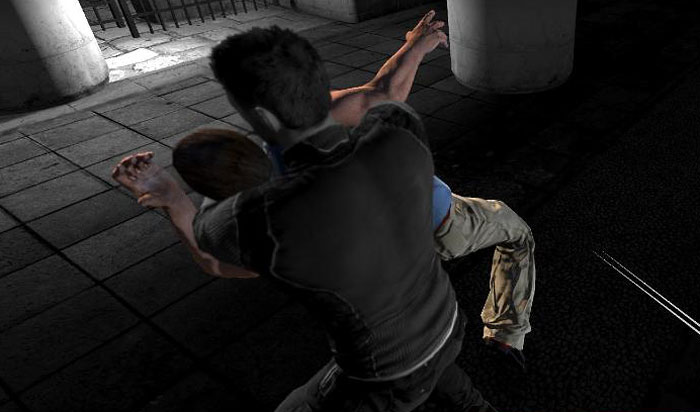 |
A consistent beef on the boards is that you can run and gun through the levels, making Conviction little more than another mediocre third-person shooter. This is doubly misguided; stripped of its stealth gameplay it would still be a rather good third-person shooter, but the successful and assured integration of stealth with shooter dynamics is what distinguishes it. Cover has never been as well executed in any game, nor as well harmonized with all motion and action controls. It’s intuitive and does not “magnetize” you to surfaces, nor channel your movement. The right mouse button is used in tandem with mouse-look and spacebar to identify cover and to move effectively from one cover to the next. This almost flawless implementation of cover makes the gameplay fluid, intuitive and tactical.
| Single Player |
Conviction is less linear than its predecessors, giving you many more options once you have examined your environment and found the most efficient way through or past the obstacles, both human and environmental. When this involves confronting enemies, the challenge is to do so on your own terms, maintaining the initiative against capable AI whose routines and actions are well randomized and who flank effectively using the same cover as you do. If you are clumsy, impatient or show bad stealth manners, such as moving too fast, too loudly or not shooting out the lights the AI will swarm on you like angry hornets. The maps are full of destructible illuminations and all sorts of other interactive objects that can either help or hinder both hunter and prey.
In previous Splinter Cell games the alarm system was formal and inflexible; in Conviction, it’s looser and more dynamic. You are warned if you are blundering into an enemy’s field of view and that warning icon turns from white to red if you do not react fast enough and are detected. At that point, you can calm things down by eliminating the villain who has spotted you and hope you can melt back into the shadows before his buddies get a fix on you, or you can equip your SMG, assault rifle, or even a shotgun and duke it out. If there were a realistic limit to your ammo supply — which I would have liked as an option on the highest difficulty level — run and gun would not be feasible; the fact that it is does not invalidate the game’s commitment to stealth.
Two other well-known gameplay innovations deserve praise.
Last Known Position (LKP) leaves a ghostly silhouette of Sam where he was most recently spotted by the AI before it lost contact. This is your cue to maneuver back into cover and flank, as numerous thugs will be deploying efficiently on your LKP. In most games, once the enemy AI has spotted you, it remains mysteriously fixed on your position even after you have vanished from sight; game designers have been able to get away with this because cover is ambivalent in most shooters and combat is conceived as frontal. In superior stealth games like this and Batman: Arkham Asylum, there is a rare and welcome ability for the player to flank, evade or bypass enemies.
 |
The much-touted “Mark and Execute” (M & E) feature is a blast to use and very well-integrated. Depending on the level of suppression of his selected weapon, the player who has secured this power-up can “mark” up to four widely displaced enemies within range and line-of-sight and, with one key press, dispatch them all with lethal headshots for guaranteed kills. Rather than being an “instant win” button, M & E has to be earned with a melee takedown of an AI opponent. Successful execution is subject to both good timing on the player’s part and certain dynamic limitations (distance, intervening objects). The overall rhythm of gameplay benefits from this feature, as you must decide how to balance the risk of exposure in going after a hand-to-hand kill against the welcome ability to thin out the always numerous enemies in one fell swoop. Two players in coop can, with proper coordination, take down eight thugs in under four seconds, a wonder to behold.
There are many other well thought-out design features in Conviction. The HUD is stripped down to make the experience more intuitive; the absence of a light or sound meter compels the player to get his visibility/audibility cues from the environment, aided only by a very effective color-de-saturation mechanic in which vivid color (except for targets and interactive objects) drains from the screen when Sam is in effective cover. Some people have complained that they don’t like being rewarded for effective tactics by being forced to play in black and white. Yet again, I find the criticism unfounded because the design choice is psychologically and emotionally astute; in combat, being in cover, I’m assuming, involves some sacrifice of peripheral vision and situational awareness in exchange for limiting your visual footprint in the environment, a tradeoff that is well abstracted by the way the game uses color to signify both freedom of movement and imminent danger. This de-cluttering of the HUD deprives the player of stance and speed information, though, which can cause the unwary player to have Sam amble to his death rather than sprint away from it, often in an undignified crouch.
 |
Level design in both single player and coop is generally superb, albeit not without certain gimmicks such as a straightforward (i.e. no stealth) urban assault level set in Iraq in 1991, a well-executed chase sequence and an infiltration which harks back to previous chapters of the franchise by ending the mission when you are spotted. I learned a good lesson in one of these “gimmick” sections, however, when, cornered in an interior location, I was ordered to hold, awaiting extraction. I mistook “hold” for “defend” and was repeatedly defeated by patrolling security forces until I realized that any stealth game worth a damn should give you the option to find the best place to go quiet and pick off only the most immediate threats before jumping a ledge and making your way, as fast as possible, to the extraction point, leaving your enemies to fight another day. Yet again, this interlude convinced me of Splinter Cell: Conviction’s bona fides as a real tactical stealth game rather than a shooter hybrid, as its critics allege. Any game that gives the player the option to avoid confrontation is a legitimate stealth game.
The final common criticism I wish to confront is that Splinter Cell: Conviction is too short. Not true, in my opinion. I found the single player campaign in Call of Duty: Modern Warfare 2 just as short but less satisfying because, where the latter game is linear to a fault, Convictionis much more replayability due to well randomized AI, locations with multiple entry and exit points and more numerous tactical approaches to each objective. I think the designers of both games have come to the same conclusion, which is that even superb level design and good storytelling can overstay their welcome when repetitiveness in gameplay becomes both conspicuous and inevitable.
Cooperative (Coop)
The “too short” criticism is also invalidated by the game’s extensive coop content, called “Deniable Ops”, which can also be tackled solo; these maps are huge and varied and, like almost every aspect of the game, very well designed. The coop module is a prologue to the action of the single player campaign; it is seamlessly integrated both in terms of gameplay and narrative, and great fun to play with a competent partner. There are three modes, Hunter, Defend and Infiltration, which are essentially variations on a theme involving different consequences for the player if he is compromised or detected. Certain actions have to be completed in tandem and there is an effective buddy-healing feature that gets interesting if your prone colleague is not in cover. Coop also incorporates the rewards system that enables the player to purchase uniform and equipment upgrades that he can utilize in almost any mode of the game. Like thousands of gamers, I mourn the apparent demise of Spy vs Merc, perhaps the most brilliantly conceived multiplayer concept ever to grace a stealth game; with this precedent in mind, it’s a tribute to the Conviction design team that the overhauled coop does not wither entirely from the comparison although the one adversarial multiplayer mode in Conviction cannot hold a candle to Spy vs Merc as perfected in Chaos Theory.


